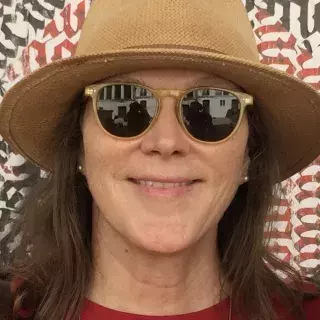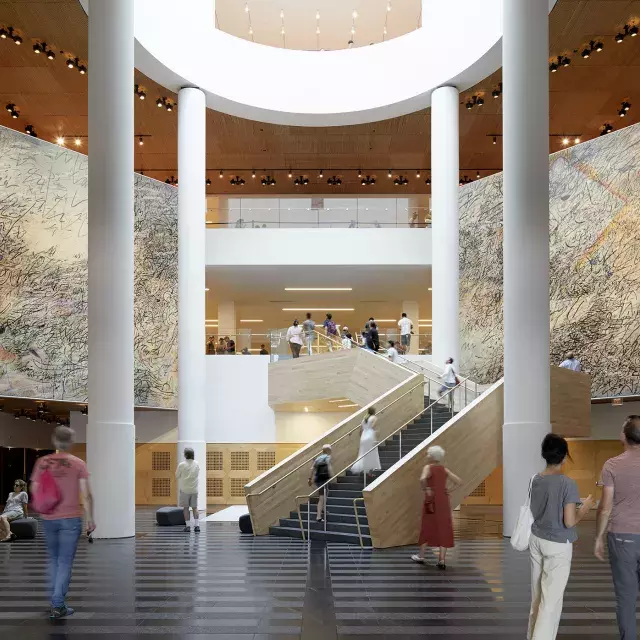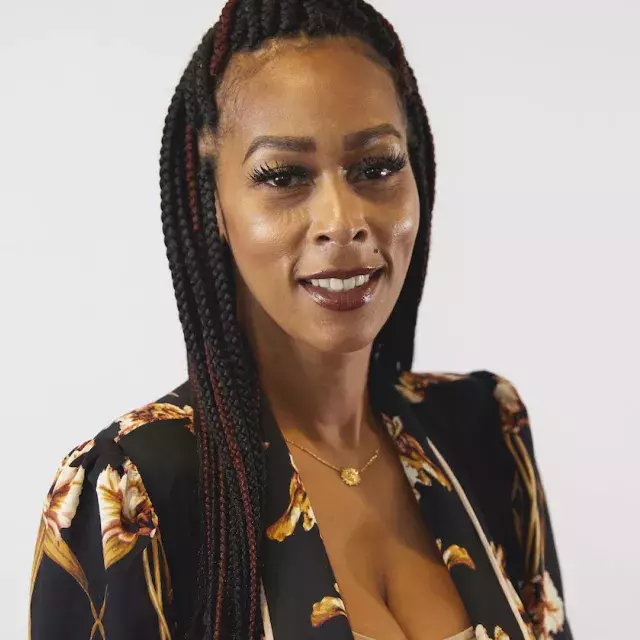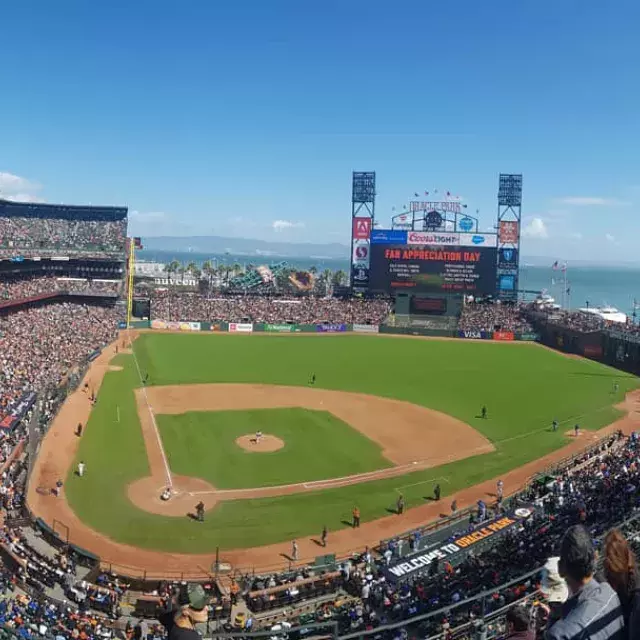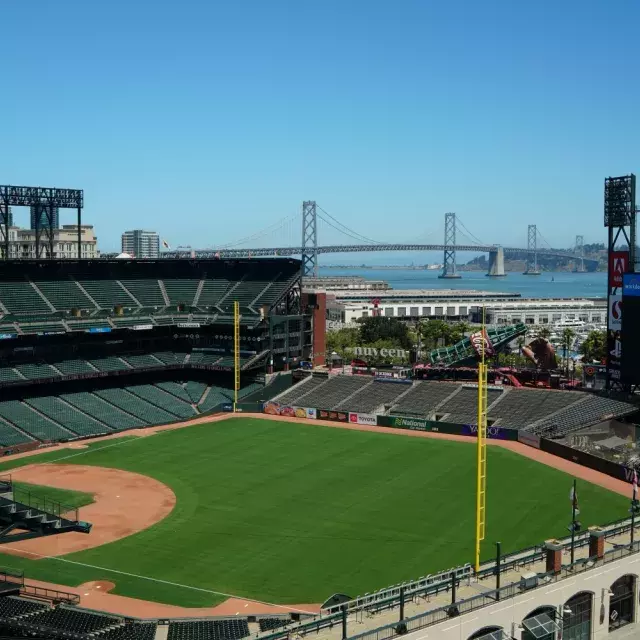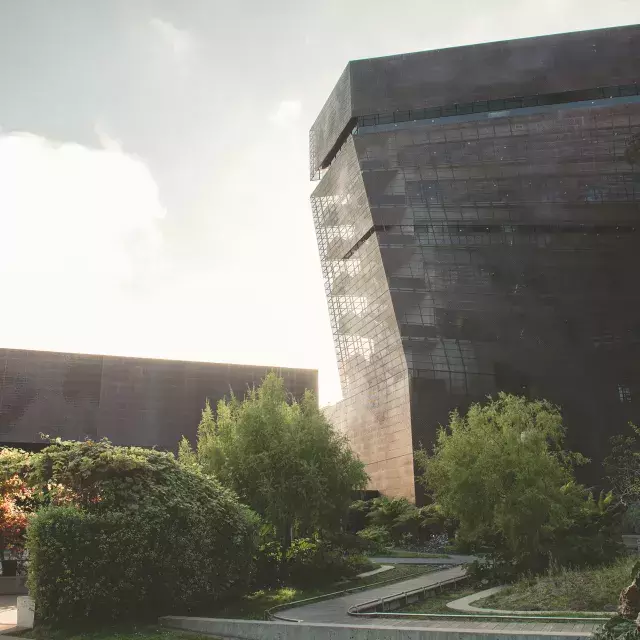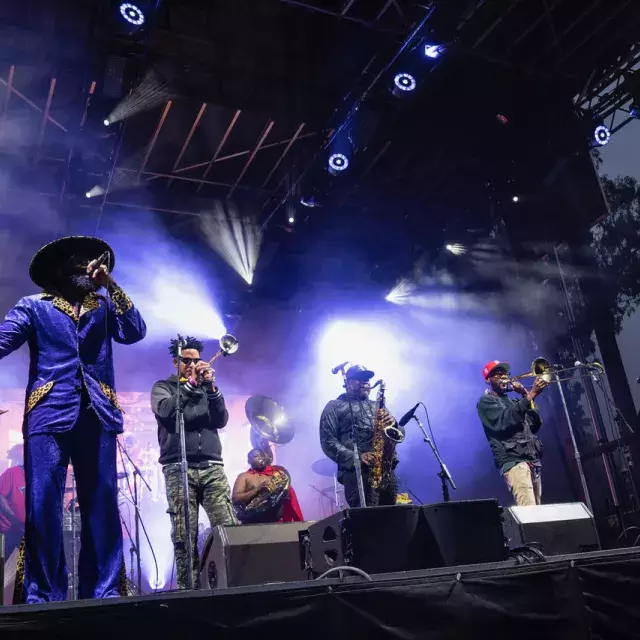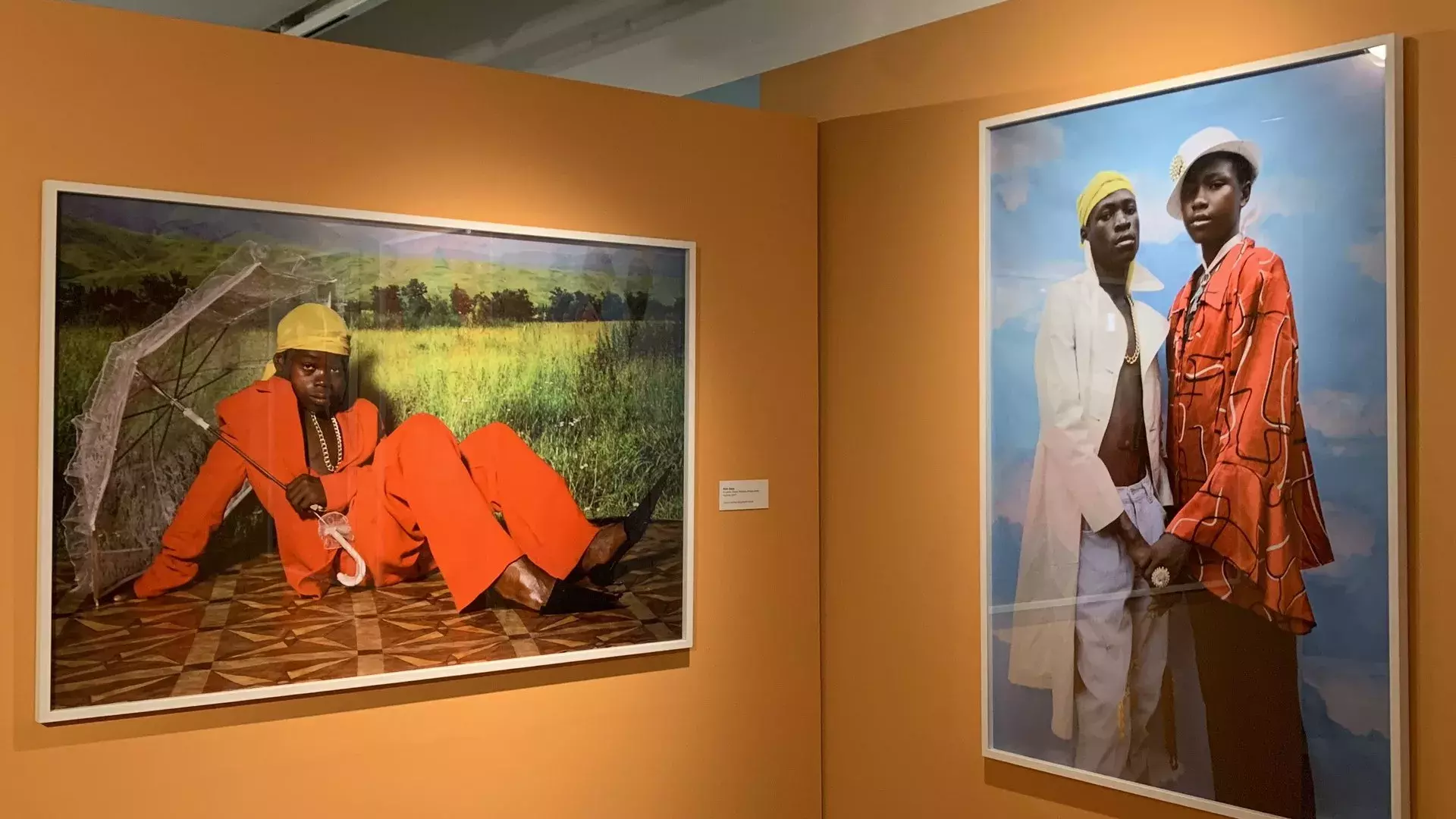
Everything You Need To Know About The Museum of The African Diaspora
For visitors to San Francisco, the Museum of the African Diaspora is a must-see.
Since opening in 2005, the museum has celebrated the universal connection of all people through their association with Africa, the cradle of humankind. As one of the designers behind the museum, Deborah Sussman of Sussman/Prejza, put it, “MoAD is essentially a place of storytelling. It’s about people and their experiences, rather than a collection of artifacts.”
A Museum with a Mission
The museum has expanded on the original story of the diaspora to focus on artists from various diasporas, whether they be Afro-Cuban, Afro-Asian, Afro-Caribbean, or African-American. Since its inception, four themes have guided MoAD on its mission to help tell the story of the African diaspora:
- Origin - Looking at the African roots of contemporary social, artistic and cultural forms of expression and practices that define the modern diaspora.
- Movement - Tracing the social, cultural and artistic threads of the diaspora through various forms of art.
- Adaptation - Exploring the variety of ways adaptation occurs through creative reinvention, innovation, and cultural resiliency.
- Transformation - Looking at how individuals of African descent have forged new identities, defined their place, and made their mark on new communities and societies.
It tackles one of the most fundamental questions we human beings consider as we ponder our origins: “When did you discover you were African?”
New and Global Art
With a host of new exhibitions rotating through MoAD annually, the museum always presents a new experience, even for frequent visitors to the museum. Their exhibitions aim to represent work that may be under-represented in other U.S. museums. This global intention yields exhibitions that include artists from the Middle East and Africa, as well as artists who may be in the early stages of their career.
According to Mark Sabb, MoAD's director of marketing and communications, many of the artists whose work is exhibited at the museum are still living, and they often attend previews and special events at the museum. This accessibility to the artists offers an opportunity that is rare in most institutions. Be sure to check out the Emerging Artists Gallery which supports MoAD's initiative to foster San Francisco Bay Area artists.
A Community Leader
Throughout the year, MoAD is an active community calendar. It is an anchor for celebrations honoring Dr. Martin Luther King, Jr. every January and ongoing Black History Month events in February. The museum also offers numerous workshops, film series, panel discussions and its lively chef-in-residence program.
What to See at MoAD
Mural
As you approach MoAD, look up at the “jewel box” glass façade and into the face of a child that shimmers on the surface. Based on a photograph taken by The New York Times’s Chester Higgins, Jr. the three-story mural is, in fact, more than the face of a child; it is the face of many. The mural is comprised of 2,100 photographs submitted by people of the Diaspora, reproduced in 8-by-8-inch squares.
First Floor Gallery
The First Floor Gallery always has an exhibition installed and is located on the corridor which connects MoAD to The St Regis Hotel. Recent installations include Liberatory Living: Protective Interiors and Radical Black Joy, an exhibition of sixteen contemporary designers and artists exploring interior spaces, as well as What We Carry to Set Ourselves Free, which highlights the activism of BIPOC women and gender-marginalized people. Access to this area is free and gives visitors an intro to what the museum is all about.
Emerging Artists Program
MoAD's Emerging Artists Program highlights local, emerging, and mid-career visual artists and art collectives through solo exhibitions that reflect the cultural and artistic richness of the African diaspora.
Love + Basketball
In celebration of the museum's 20th Anniversary and the 10th anniversary of its Emerging Artist Program, MoAD will showcase an exclusive NBA-themed exhibition, Love + Basketball. This exhibition will debut during the 2025 NBA All-Star Weekend in San Francisco, accompanied by dynamic programming and community events throughout Black History Month. Love + Basketball will explore the intersection of sports and culture, highlighting themes of heritage, achievement, and community.
The Neighborhood
MoAD is located on the first three floors of the St. Regis Hotel, just steps from the San Francisco Museum of Modern Art, The Moscone Center, Yerba Buena Center for the Arts, the Dr. Martin Luther King, Jr. Memorial and several other museums including the American Bookbinders Museum, Children’s Creativity Museum and the Contemporary Jewish Museum.
Nearby restaurants include Amber India, situated at the entrance of Yerba Buena Lane; and Astra, which offers exquisite American dishes inspired by California’s freshest seasonal ingredients. There are also a number of restaurants located along Howard Street, including Trace, located in the W San Francisco, and Fang, noted for their modern take on traditional Chinese dishes.
Important Information
Address and Contact
685 Mission Street
San Francisco, CA 94105
415-358-7200
www.moadsf.org
Hours
Open Wednesday-Saturday, 11 a.m.-6 p.m.; Sunday, 12 p.m.-5 p.m. Closed Monday-Tuesday and major holidays.
Admission
- Adults: $15
- Seniors, students, and educators: $7
- Children under 12: Free
- Active duty military: Free
Transportation
Take Muni Metro or BART to the Montgomery Street station, which is a few blocks from MoAD.
Accessibility
MoAD is fully accessible via wheelchair. Elevators offer access between all levels. A wheelchair may be borrowed during the visit (subject to availability).
Tours
Groups of 10 to 30 people can be accommodated. Tours last one hour and can be scheduled Wednesdays, Thursdays, and Fridays. The first tour begins at 11 a.m. and the latest begins at 4 p.m. Group discounts available.
Dining
No food outlets on premises.
Retail
The MoAD Marketplace features small gift items from countries considered part of the African diaspora and includes jewelry, small stuffed animals, books, and music. Coffee buffs can also purchase Red Bay Coffee, a popular “third-wave” roast which includes beans from Tanzania’s Sweet Unity Farms which was started by David Robinson, son of famous baseball slugger, Jackie Robinson.
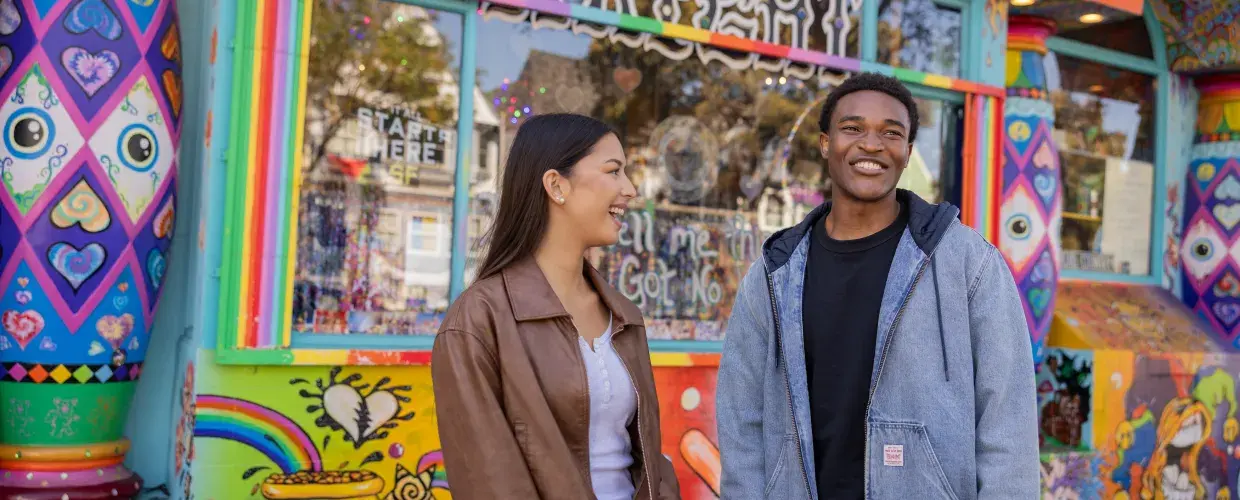
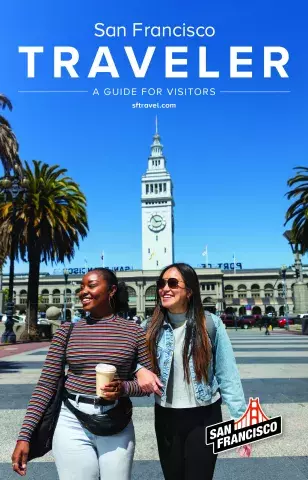
Explore Our Visitor's Guide
Check out our free San Francisco Traveler visitor's guide and learn how to explore San Francisco like a local.
